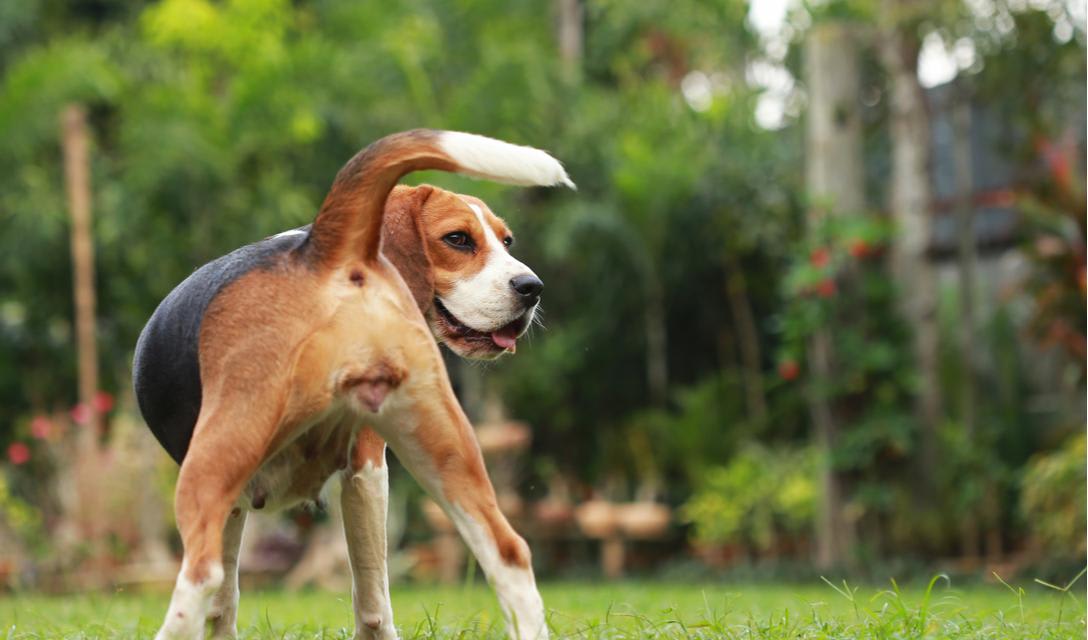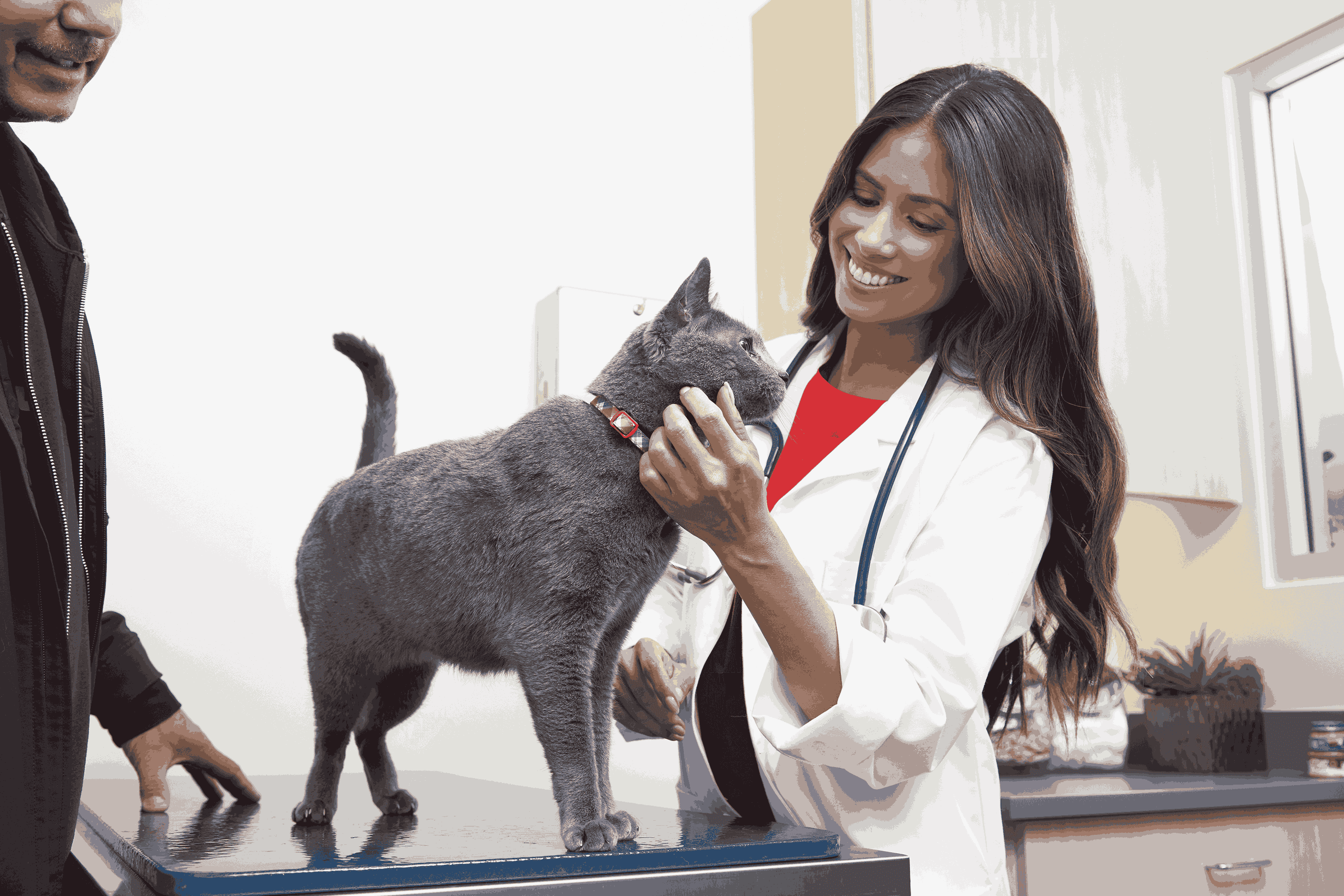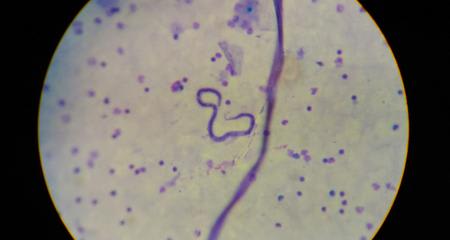Vaginitis in Dogs
Vaginitis


SUMMARY OF CONTENT
SEVERITY:
-
Requires a diagnosis by a veterinarian
-
Resolves within days to weeks or may be a chronic condition that requires surgery
-
Treatable by a veterinarian, by the pet parent
-
Keep the vulvar area as clean as possible
-
Transmission is not possible to other animals or humans
-
Diagnosis requires physical examination and lab tests
VERY COMMON IN
Symptoms & Signs
The most common symptoms of vaginitis in dogs include bloody, mucoid, or purulent discharge from the vulva, licking of the vulvar area, increased frequency of urination, and scooting or rubbing the vaginal area along the ground. The vulva may appear swollen and inflamed.
Diagnosis
Vaginitis is usually diagnosed by medical history, clinical signs, and physical examination by a veterinarian. Diagnostic tests may be necessary and include complete blood count (CBC), blood chemistry, urinalysis, cytology of the vagina, culture and sensitivity tests, ultrasound, and vaginoscopy.
Causation
Vaginitis refers to inflammation or infection of the vagina. It can be brought on or caused by problems occurring within the vagina, or be secondary to conditions elsewhere in the body. It may be the result of trauma, however, this is rarely the cause. In dogs, most cases of vaginitis are caused by the caustic and irritating effects of urine on the vaginal mucosa or lining. Since urine passes through the vagina with every urination and vaginitis is only seen in a very small percentage of female dogs, cases of this disorder typically mean the urine is abnormal or its flow is in some way altered. In cases of bladder infections (cystitis), the urine contains large numbers of bacteria. Expelled with the urine, these can easily colonize the vagina, leading to infection. In mature female dogs, especially in those that have been spayed, urinary incontinence can be a common problem. Incontinent dogs chronically leak small quantities of urine from the bladder. The urine may lie against the vaginal lining instead of coming out and cause a 'urine scald' or irritation. Infections from bacteria, yeasts, and viruses are known to occur within the vagina. The bacteria isolated from this structure are those commonly found or passed in the dog's stool. It is thought that when the animal cleans itself after urination and defecation, the licking may transfer bacteria from the anus to the vagina. As in other species, yeast infections of the vagina sometimes occur in animals that are on prolonged antibiotic therapy. It appears that these medications suppress the normal bacteria living in this structure, which help to prevent the growth of yeast organisms. The herpes virus known to infect dogs commonly infects the vaginal area. As in other animals, this is a chronic infection with occasional flare-ups of clinical signs. Non-infectious inflammations of the vagina can occur due to the effects of shampoos, detergents, cleaning agents, and other solutions. The severity of this type of inflammation is dependent on the causative agent. Other non-infectious causes can include foreign bodies within the vagina, congenital abnormalities or ectopic ureter, and vaginal tumors. In dogs with vulvar fold abnormalities, vaginitis may occur secondary to irritations resulting from this condition. Young female dogs less than one year of age may develop 'juvenile vaginitis.' The cause of this condition is unknown, but it generally resolves with age and without treatment.
Treatments
AT-HOME CARE
SUPPORTIVE CARE
MEDICATIONS
DEVICES
SURGERY
SPECIALISTS
Cost Of Treatment
Cost will be dependent on severity of diagnosis.
Recovery
Dogs treated with medical therapy typically recover within a week of starting therapy. If surgery is performed, expected recovery is 2 weeks after surgery. Exercise should be restricted until sutures are removed.
Monitoring
Dogs experiencing vaginitis should be monitored at home for response to treatment and signs of recurrence. Vaginitis can develop into a chronic condition, especially in dogs with a vulvar fold abnormalities and untreated urinary incontinence.
Prevention
Cleaning the vulvar area, especially between any skin folds, frequently with a medicated cleansing wipe may help to decrease the occurrence of vaginitis.
Disclaimer
The information contained on this page is for educational purposes only. Treatment should only be provided under the advice of a veterinarian who has examined your pet under the laws applicable to your state of residence.
Questions about Vaginitis in Dogs

Two Easy Ways to Start Earning Rewards!
Become a member today!Members-only pricing and offers, personalized care notifications, Vital Care points back on every purchase and more!Become a credit card member today!
Earn 2X Pals Rewards points at Petco
when you use Petco Pay!APPLY NOWLearn More About Petco Pay Benefits






